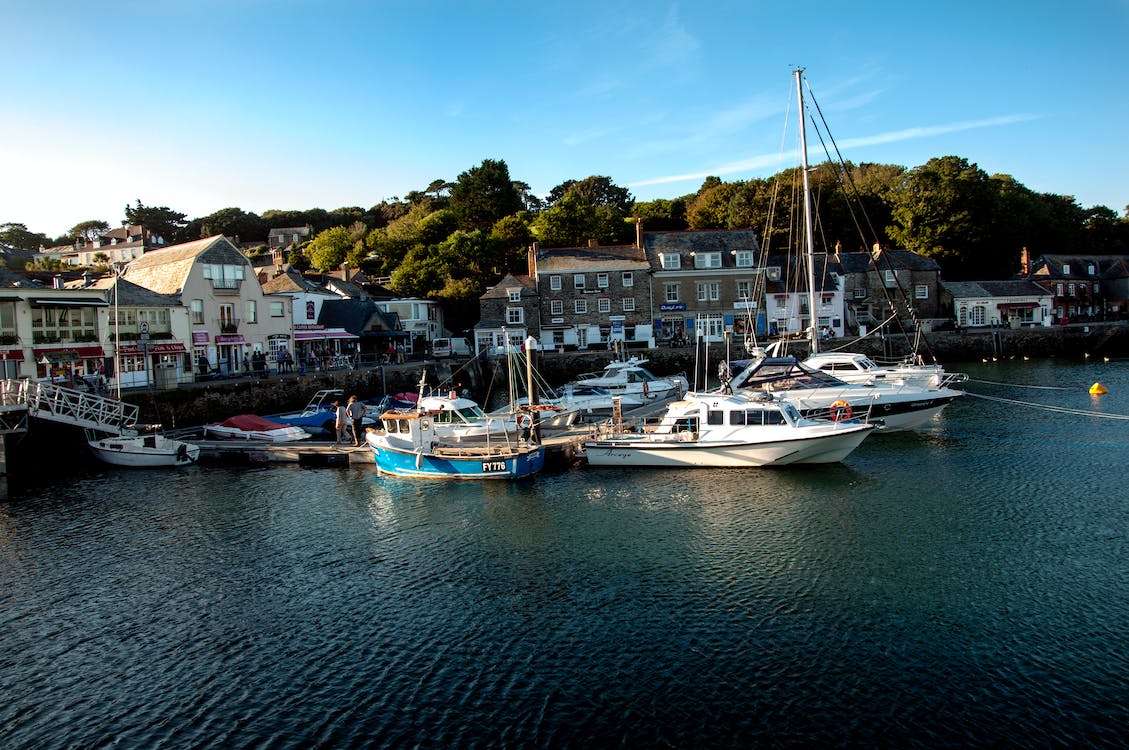The allure of the open sea, with its vast horizons, dramatic weather patterns, and unique perspectives, offer any photographer a rich canvas to work on. However, photographing at sea, especially from boats, comes with its own set of challenges. We are here to help, though! Here’s everything you should know to help you master the art and science of maritime photography:
Gear Considerations
You need the right gear to get the best shots. Weather-sealed cameras are the best bet for the marine environment. They can resist occasional splashes and the salt in the air. As for the lenses, a wide-angle lens will capture vast seascapes while a telephoto lens is perfect for photographing distant objects, like a passing ship or a lighthouse.
If you must use a tripod, choose one with rubber feet or consider a bean bag to stabilize the camera on the boat’s surfaces. Alternatively, you could use monopods or image-stabilized lenses and cameras to get a more stable footing.
Tackling Motion
Boats move, and so does the sea. To prevent motion blur, you might need to shoot at faster shutter speeds than you’d think. A rule of thumb might be to use a shutter speed faster than the focal length of your lens.
You could also use the stabilization systems available at your disposal. Many cameras and lenses now come with built-in image stabilization (IS) or vibration reduction (VR) systems. Engaging these can help counteract the effects of minor movements. You can correct some motion issues in post-processing. For example, an image editing software can correct some motion blur to an extent.
Light Challenges
Just like on land, the hours during sunrise and sunset can provide the most beautiful light conditions at sea. So, make the most of the golden hour. You should also be aware of overexposure since the sea, especially under bright sun, tends to act like a giant reflector.
Use a fill flash to help balance the bright background with the shadowy conditions onboard if shooting subjects on the boat. A polarizing filter also comes in handy. It can reduce reflections, deepen the blue of the sky, and improve the colours of the sea.
Tell a Story!
The shots you take should be able to evoke an understanding that words can’t. Create a picture story, starting with a strong, captivating image that sets the tone. It could be a wide-angle shot of the horizon, a serene beach at dawn, or waves crashing against rocks.
Show the various moods of the sea and close-ups of seashells, seaweed, or even patterns in the sand to provide intimate details and break the monotony of vast sea-scapes. You could even create a digital magazine to tell your story. Here is a nice guide where you can learn how to edit pdfs on mac free to help you create a simple digital magazine that will take your audience to the mesmerizing world of vast horizons, aquatic life, and maritime adventures!
Safety
Always strap your camera around your neck or wrist. Consider having a floating strap for added safety. While your camera gear is essential, remember to protect yourself too. Always wear a lifejacket when necessary. Also, wear slip-resistant footwear to avoid losing your balance when looking through the viewfinder. Stay aware and always be conscious of your surroundings.
Wrapping up
Photographing at sea offers a medley of emotions – the thrill of the unexpected, the serenity of vast waters, and the challenge of ever-changing conditions. However, with a few tips up your sleeve, you can capture the essence of maritime adventures and create lasting memories!

